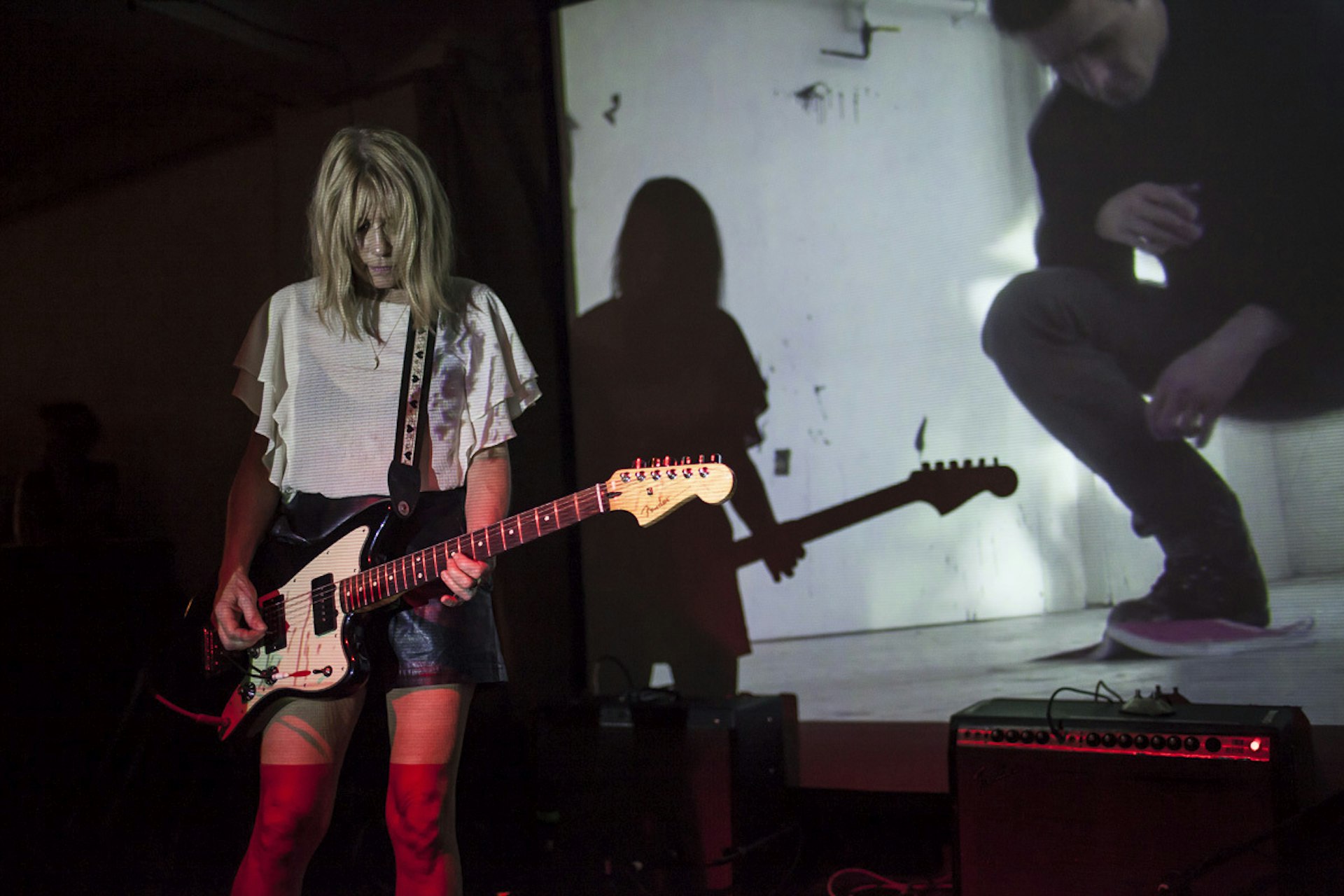
Improv History
- Text by HUCK HQ
- Photography by Jason Larkin
Spontaneity and free expression are at the heart of everything we love here at Huck. Since the mag started, we’ve been scouring the globe to find the raddest people doing their own thing in their own way: making it up as they go along. With the improv issue, we thought it was long overdue to trace the bloodlines back and celebrate the pioneers who laid the groundwork for all of the dope shit that we enjoy today.
Bebop Jazz
Bebop came forth screaming a new individualism that radically challenged the conformism of America’s post-war society. The unforgettable opium-infused sound was the most revolutionary music to come out of black America to date and elevated the role of improvisation to new heights. It was beautiful but angry music that explicitly challenged racial oppression. For Ralph Ellison, Bebop “illuminated the blackness of my invisibility… the invisible music of my isolation.”
In this totally rad interview from an old BBC documentary, Dizzie Gillespie ‘The King of Bebop’ talks about the birth of the genre and how it developed its distinctive aesthetic.
Jackson Pollock and Abstract Expressionism
All art is self expression, but Abstract Expressionism sought to whittle down that journey to its purest form. Pollock was heavily influenced by improvisation in jazz and was determined to look within himself and express his deepest emotions through non-verbal, abstract forms. He used techniques and mediums that facilitated the relaxation of conscious control over the artistic process in the hope that it would release unbridled creativity.
In this film broadcast on American TV in 1951 Jackson Pollock deconstructs his artistic technique, an appearance which marked his transformation into a celebrity and the beginning of his creative decline.
Graffiti and Low-Brow Art
It’s fair to say that any art or writing produced on a public object, in secret, with the fear of police intervention at any point is going to retain a certain immediacy. The power of graffiti is in its ephemerality – the fact it could be destroyed at any minute – and the risk and ambition at the heart of its creation. A street language that offers hidden meanings to those who know it, graffiti – pioneered, legend goes, by kids like Dondi in the Lower East Side – has paved the way for many explosive art movements including low- brow, an unschooled, instinctive genre that subverts the precious and highly considered manifestations of the elitist world of indoor art.
In this clip from graffiti classic Style Wars, early pioneer Dondi talks about the rush he feels when he paints New York subway cars.
Check out Huck #42 – The Improv Issue for a journey through improvised art forms.
